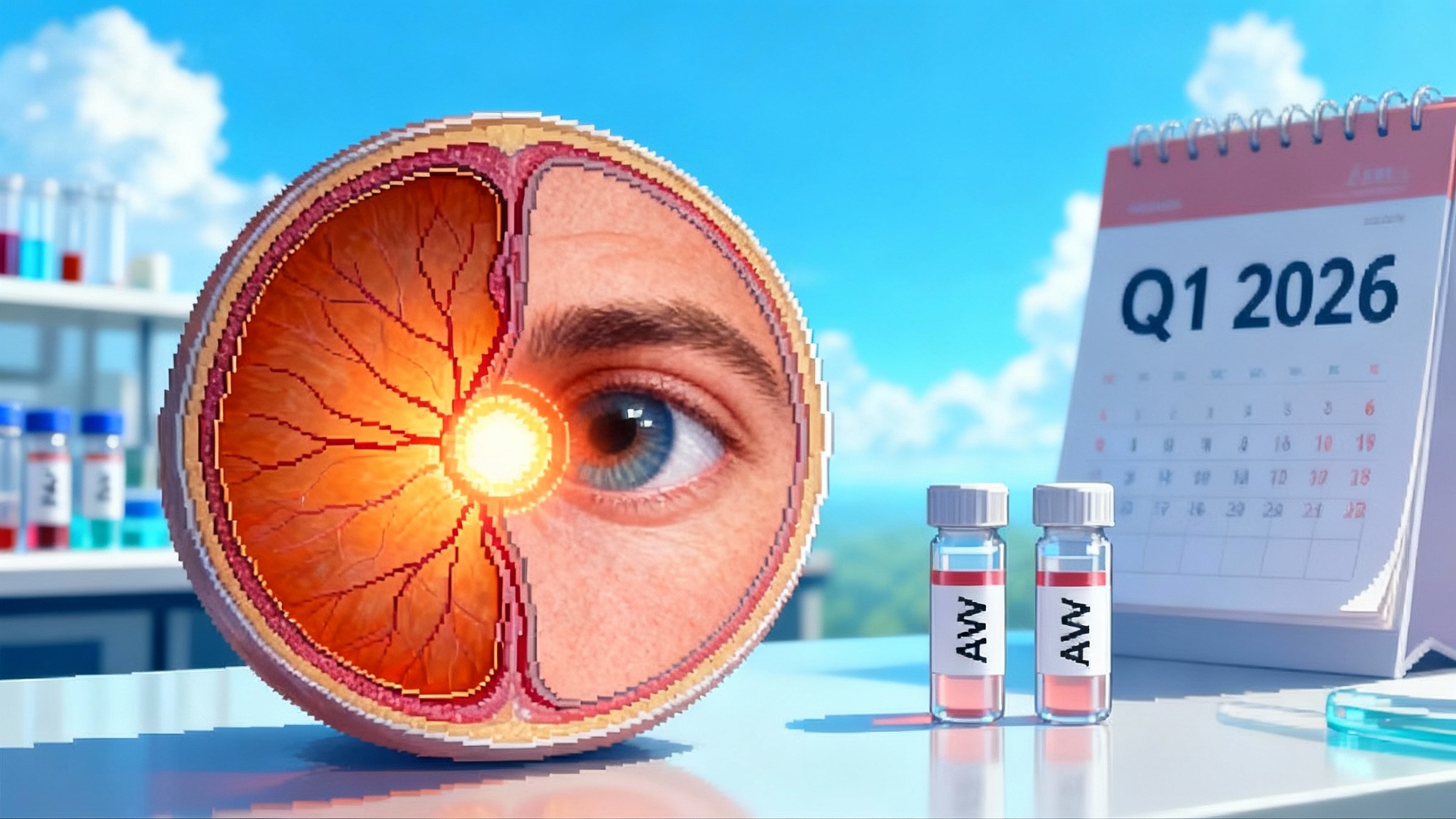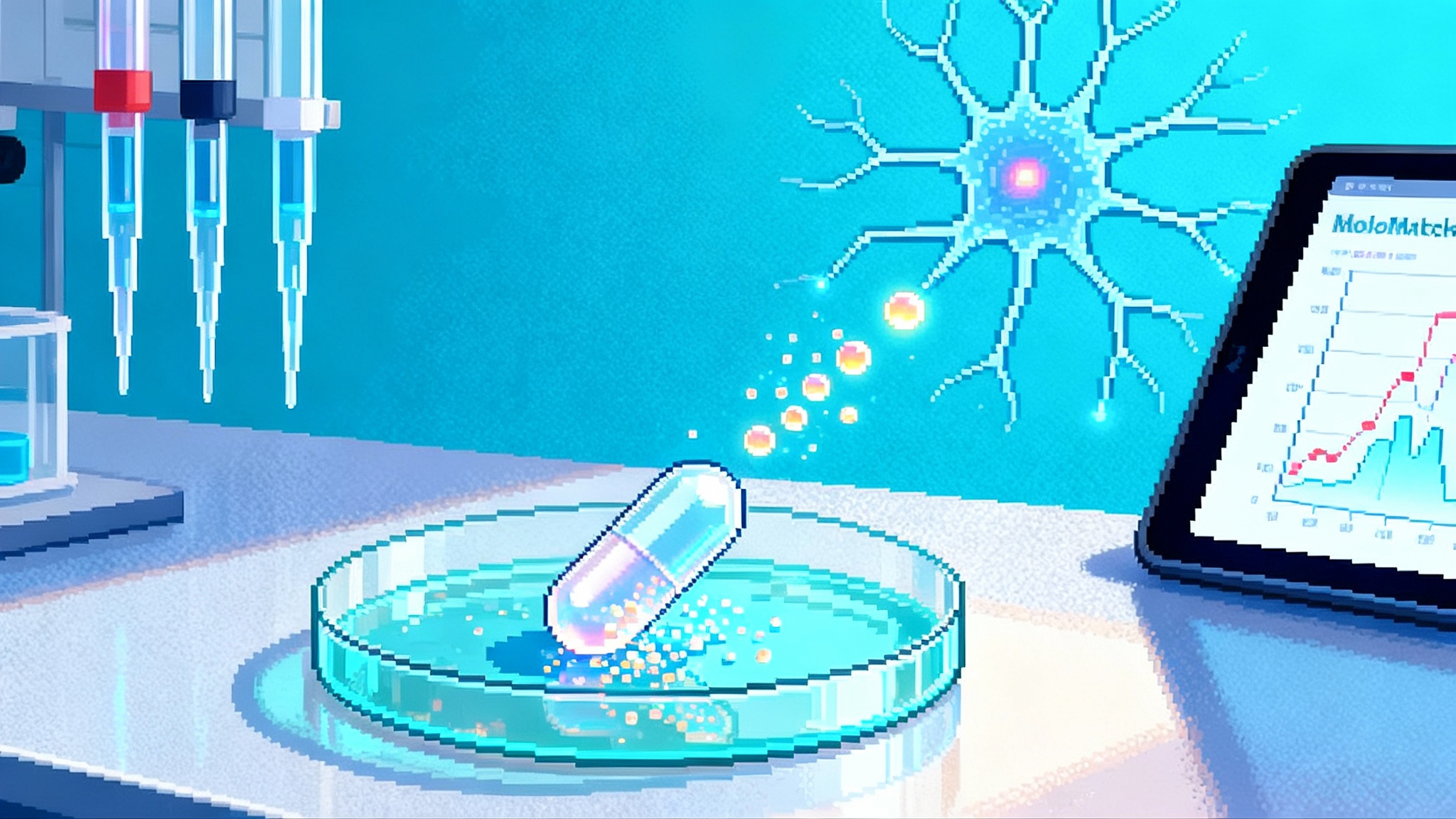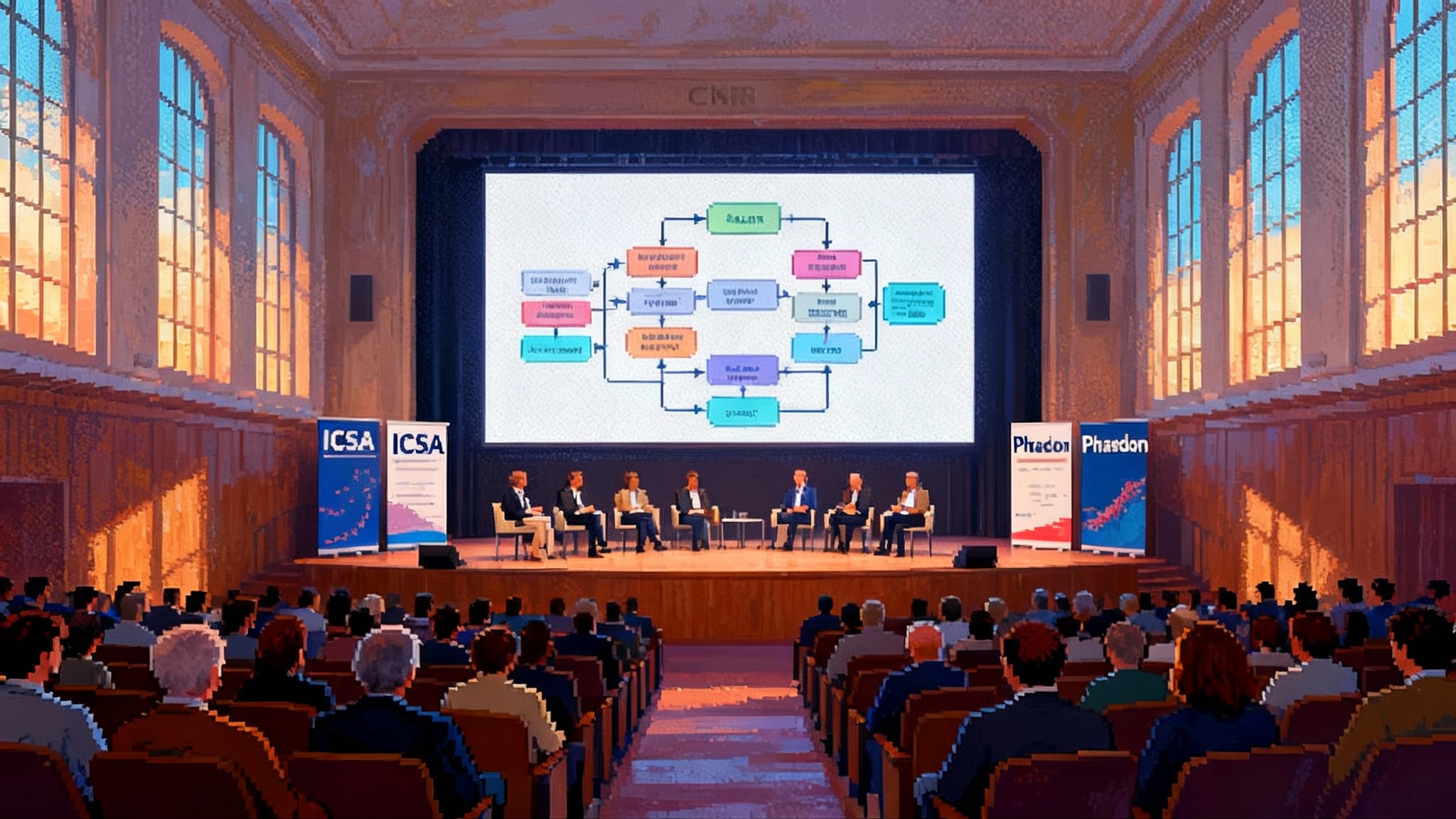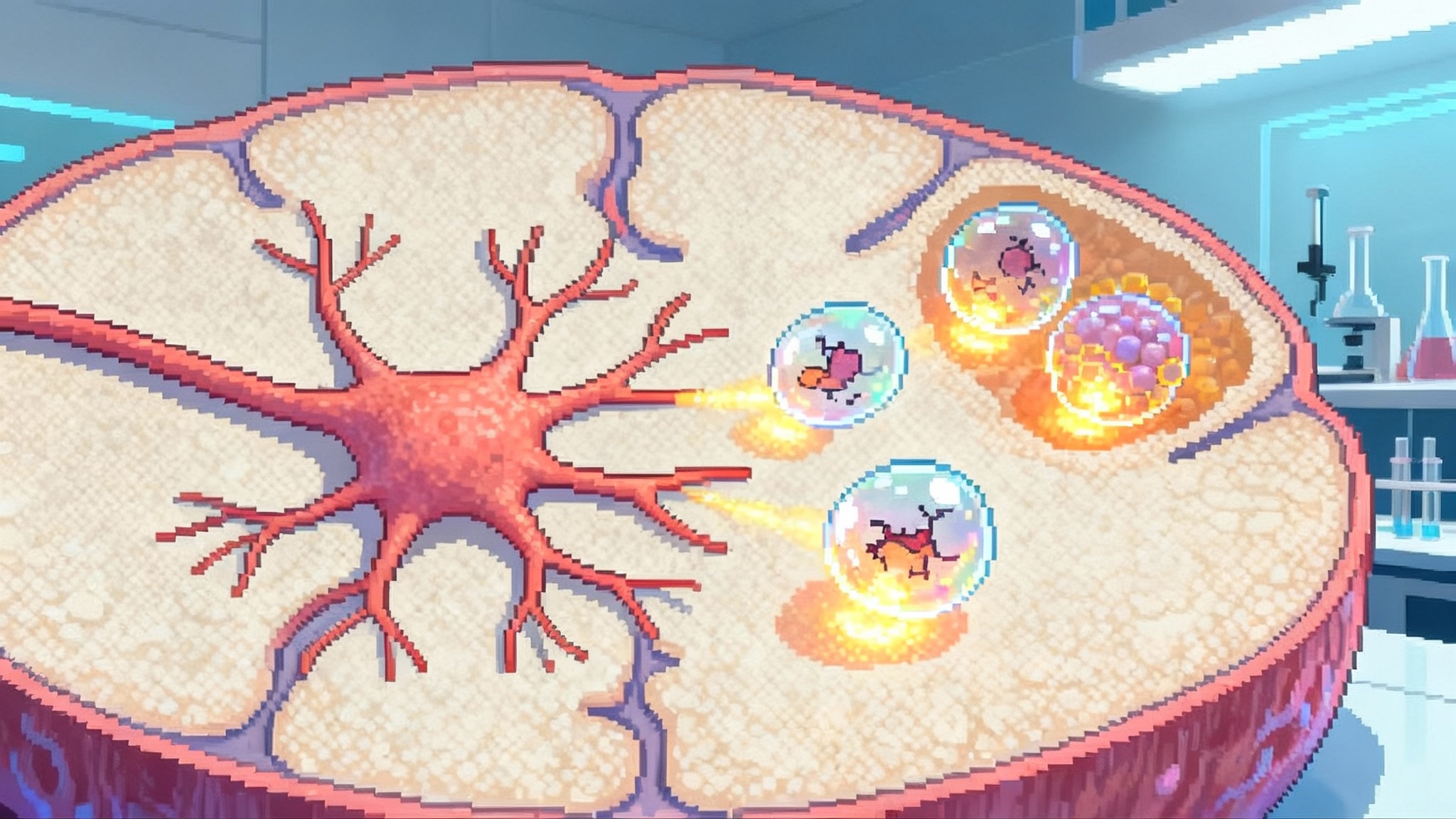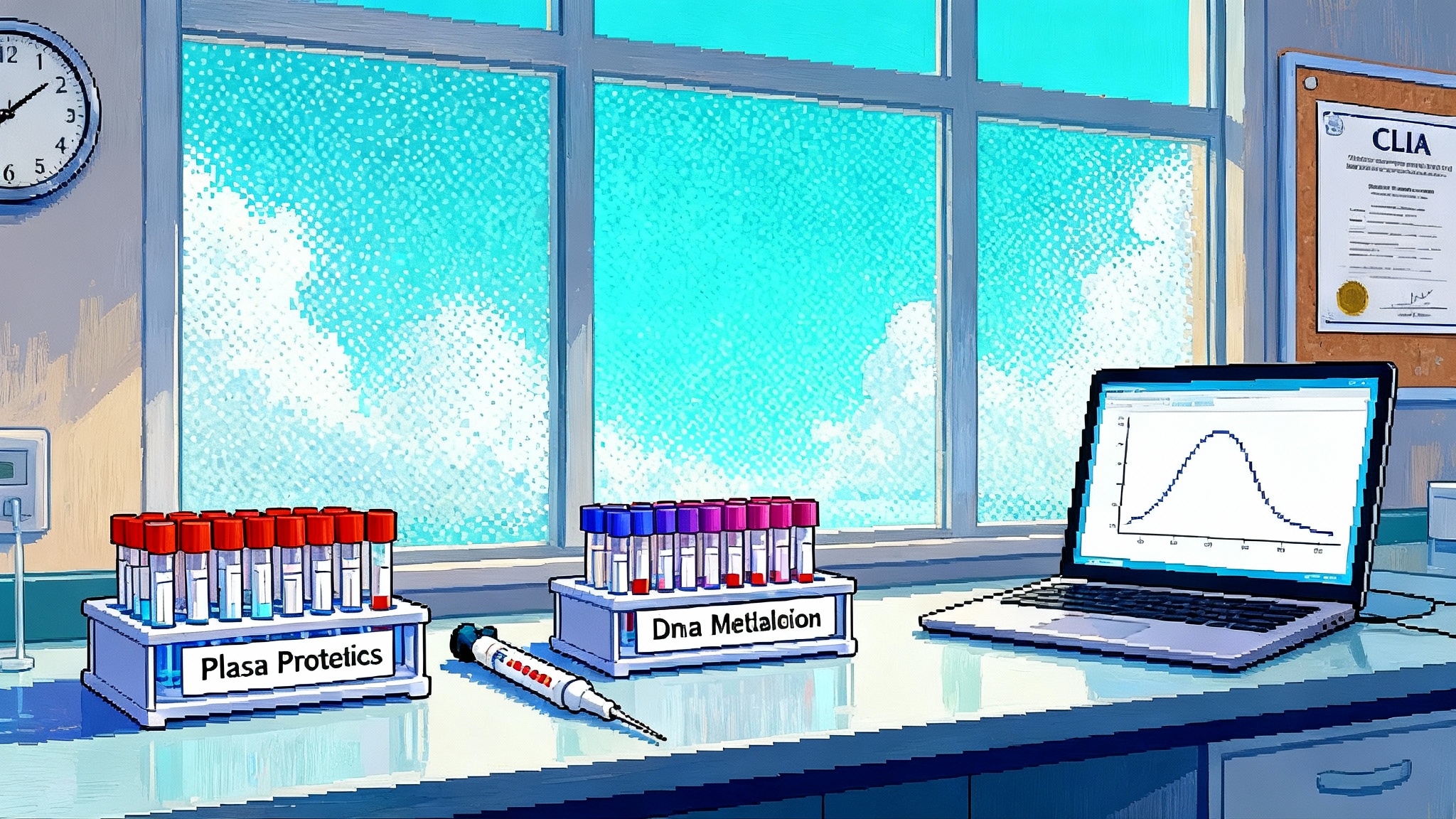Lilly’s Verve buy puts one-shot PCSK9 editing in play
Eli Lilly’s July 2025 purchase of Verve Therapeutics moves single-dose PCSK9 base editing from bold concept to near-term clinic. If durable, one infusion that halves LDL could compress decades of cardiovascular morbidity and redefine preventive cardiology.
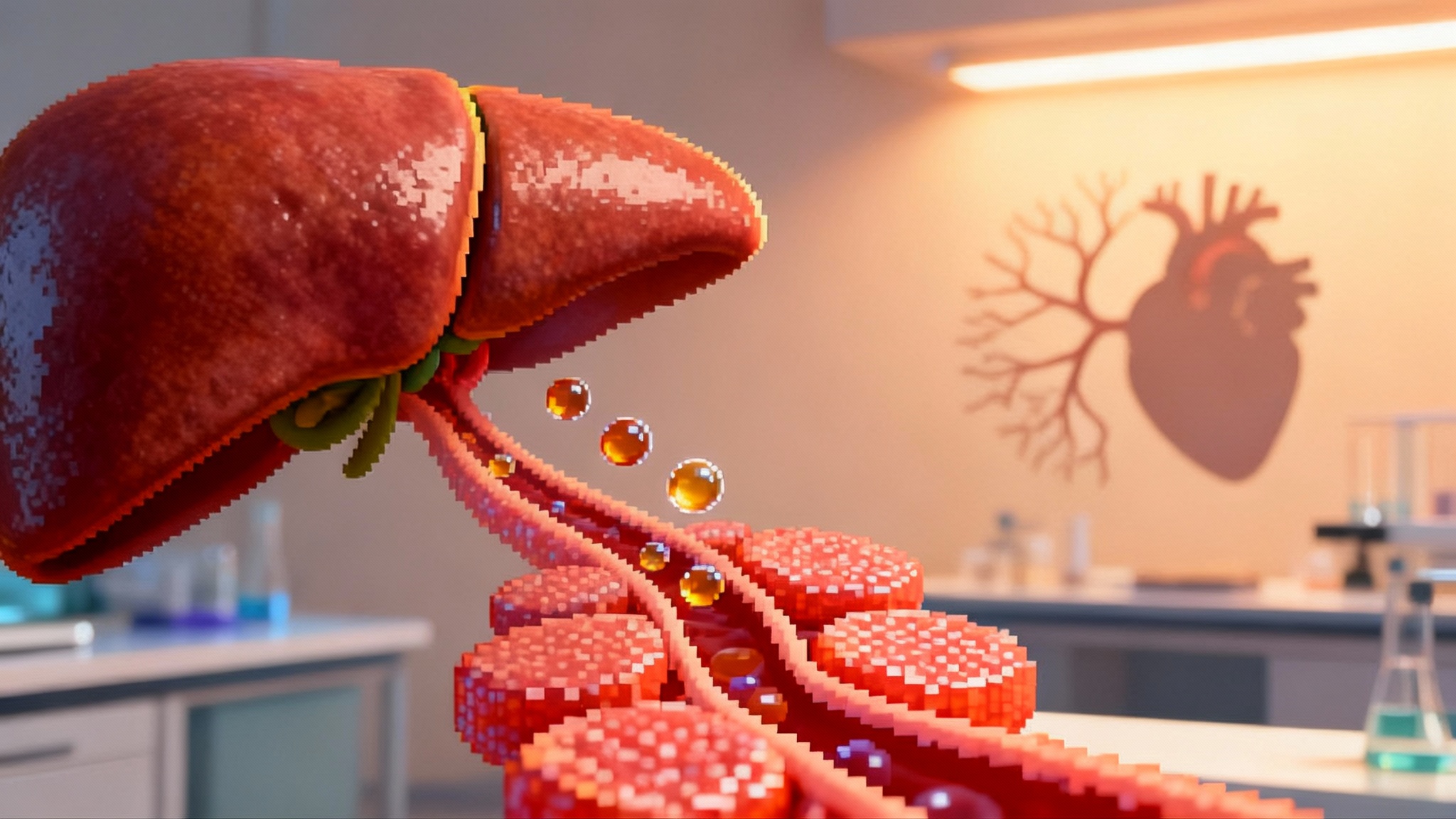
A one-time edit for lifetime heart protection
On July 25, 2025, Eli Lilly closed its acquisition of Verve Therapeutics, a clinical-stage pioneer in in vivo base editing for cardiometabolic disease. With that move, a Big Pharma placed a clear bet that permanently switching off a cholesterol gene in the liver could become frontline prevention for the world’s leading killer. The strategic logic is simple: if a safe one-time infusion can reproducibly push low-density lipoprotein cholesterol down by 50 percent or more, and keep it there, it can reduce lifetime LDL exposure and compress decades of cardiovascular morbidity. That is the essence of a longevity play powered by genetic medicine. Lilly’s own words made the intent plain when it said the deal could deliver lifelong risk reduction with a one-and-done treatment, and it now controls the program that aims to do exactly that, VERVE-102 targeting PCSK9. See Lilly’s July 2025 news release for timing and scope of the acquisition in Lilly-Verve acquisition confirmation.
Why PCSK9 is the lever that moves lifetime LDL
PCSK9 is a protein secreted by the liver that binds to LDL receptors on hepatocytes and escorts those receptors to the cellular recycling bin. Fewer LDL receptors means less LDL cleared from the bloodstream. People born with PCSK9 loss-of-function variants have low LDL for life and a significantly lower risk of coronary events. Conversely, gain-of-function variants drive very high LDL and early atherosclerosis. That causal chain, from gene to protein to receptor turnover to LDL exposure, is why PCSK9 became a top drug target and why turning the gene off at the source is so appealing.
For aging and longevity, the key concept is cumulative LDL exposure. Atherosclerosis is a decades-long process that tracks the area under the LDL curve. Lowering LDL earlier and for longer produces greater absolute risk reduction than the same LDL reduction started late in life. Today we achieve this with statins, ezetimibe, PCSK9 antibodies, and siRNA. But adherence erodes benefit over years. A single intervention that reliably keeps LDL low could compress the burden of angina, stents, bypasses, and heart failure into a much smaller portion of life. For a broader view on population-scale prevention strategies, see how metabolic therapies are reshaping risk in GLP-1s at Scale: From Weight Loss to Longer, Stronger Lives.
What base editing actually does in the liver
Base editing is a precision form of CRISPR engineering that swaps individual DNA letters without cutting both strands of the helix. VERVE-102 packages two molecular components in a lipid nanoparticle for intravenous administration. One component is an mRNA that cells translate into a short-lived base editor protein. The other is a guide RNA that brings that editor to the PCSK9 gene in hepatocytes. The editor then changes a single nucleotide at a target site to create a nonsense or splice-disrupting edit that effectively turns the gene off. No double-strand breaks means fewer insertions or deletions and, in principle, less genomic chaos.
The delivery system matters. VERVE-102 uses a liver-tropic lipid nanoparticle formulation that includes sugar ligands to increase uptake into hepatocytes. After infusion, nanoparticles are cleared within hours to days and the editor protein degrades. The therapeutic effect persists because the DNA change remains in the edited cells. Hepatocytes live for years and replace themselves slowly, so a meaningful fraction of permanently edited liver cells could sustain large LDL reductions for a long time.
There are two categories of safety considerations. First, genomic accuracy. Even without double-strand breaks, base editors can make low-frequency off-target base changes at DNA sites with partial sequence homology, and some editors can cause transient off-target edits on RNA. Developers now screen guide designs against the human genome in silico, then run orthogonal assays to profile off-targets in vitro and, increasingly, with targeted next-generation sequencing in blood and liver biopsy samples after dosing. Second, delivery tolerability. Lipid nanoparticles can trigger infusion reactions, complement activation, liver enzyme elevations, and transient drops in platelets. These risks are manageable in most settings but require careful dose selection and monitoring.
First-in-human 2025 data: LDL reductions after one infusion
In April 2025, Verve reported the first clinical readout from Heart-2, an open-label Phase 1b trial of VERVE-102 in adults with heterozygous familial hypercholesterolemia and in adults with premature coronary disease who needed additional LDL lowering. Fourteen participants had at least 28 days of follow-up across three dose levels. A single infusion produced dose-dependent reductions in circulating PCSK9 and LDL cholesterol. At 0.6 mg/kg, the mean time-averaged LDL reduction from day 28 onward was 53 percent, with an individual maximum reduction of 69 percent. Safety looked favorable at this early look, with no treatment-related serious adverse events, no dose-limiting toxicities, no cardiovascular events, and no clinically significant changes in ALT, AST, bilirubin, or platelets reported. Investigators also noted that total RNA dose, expressed in milligrams delivered, correlated with pharmacodynamics and that all participants who received at least 50 mg total RNA achieved more than 50 percent LDL lowering. Those data underpinned FDA Fast Track designation and the plan to move into Phase 2. For cohort-by-cohort detail, see Verve's initial Heart-2 data.
One historical footnote helps frame safety. In 2024, Verve paused enrollment in its earlier VERVE-101 program after an asymptomatic, transient grade 3 spike in liver enzymes with thrombocytopenia in one participant, then prioritized the updated VERVE-102 formulation. That context is relevant because Heart-2’s early safety profile shows no such lab abnormalities so far. The important caveat is that Phase 1b trials are small, and rare risks can emerge only as dose and scale increase.
Benefits versus risks in plain terms
The promise- Big and durable LDL reductions after one visit. The headline number, a mean LDL drop of about 50 percent or more, is comparable to what clinicians expect from PCSK9 monoclonal antibodies and siRNA on top of statins. If that effect persists for years, it could reset a patient’s lifetime LDL trajectory with a single decision.
- Adherence solved at the molecular level. Even the best cholesterol drugs fail when not taken. A permanent edit removes the adherence barrier and the cumulative risk that comes with it.
- Simpler care pathways over time. Contrast prior authorization cycles and six-month reminders with one consent and one infusion, followed by routine lipid panels. Real world logistics get easier if safety is clean and monitoring is light.
The trade-offs
- Irreversibility. A permanent gene edit cannot be turned off. That is the core trade-off versus therapies you can stop. It raises the bar on pre-treatment screening and counseling.
- Durability still needs multi-year proof. Early data show months of LDL suppression. The field needs 2 to 5 year human follow-up to confirm that edits persist at functionally meaningful levels as hepatocytes turn over.
- Off-target edits must remain negligible. Sensitive, unbiased assays and longitudinal sampling must show that unintended edits are rare and not biologically consequential.
- Delivery safety at scale. Managing infusion reactions, monitoring liver enzymes and platelets, and defining exclusion criteria will be key as doses increase.
- Equity and genetic diversity. Programs must prove editing efficiency across ancestries and lipid genotypes. See adjacent work on inflammation-driven risk in CHIP becomes actionable: TET2, canakinumab and colchicine.
One shot versus chronic PCSK9 drugs
PCSK9 monoclonal antibodies such as evolocumab and alirocumab routinely deliver around 60 percent LDL reductions on top of statins. They have robust cardiovascular outcomes data and are now standard care in high-risk patients. They require injections every two to four weeks. SiRNA therapy inclisiran lowers LDL about 50 percent with a day 0, 3-month, then every 6-month schedule, trading peak effect for better adherence. Both drug classes wear off if doses are missed.
VERVE-102 aims to match the magnitude of LDL lowering and beat it on durability and adherence with a one-time procedure. The clinical risk profile looks different. With antibodies or siRNA, risk is spread over many small exposures and can be stopped. With editing, risk is front-loaded into a single, larger exposure that creates a permanent state. That state should be a safe one, a partial PCSK9 loss of function that millions of people already have naturally, but the step to permanent change is meaningful. Some patients will still want or need to stack therapies, for example by combining a one-time edit with long-term statin or ezetimibe to reach an LDL below 55 mg/dL in secondary prevention.
From a system perspective, adherence and clinic throughput are the wildcards. Six-month siRNA administration already improved adherence compared with monthly antibodies. A one-time edit, if affordable and straightforward to deliver, could go further and shift capacity.
Regulatory path and the cost-access puzzle
Lilly and Verve now own a program with FDA Fast Track status that targets a disease area where LDL lowering is an accepted surrogate for clinical benefit. That helps because it makes an LDL endpoint a plausible basis for approval in defined populations. Even so, regulators could require larger safety databases and more extensive off-target characterization than for a conventional lipid drug. The likeliest near-term path is an LDL-lowering approval in heterozygous familial hypercholesterolemia and high-risk secondary prevention, with a required outcomes study that runs in parallel.
The economics will be complex. Cardiovascular prevention targets a far larger population than rare-disease gene therapy, which could support lower prices, but payers will still compare the upfront cost of a permanent edit to years of statins plus periodic PCSK9 therapy. Outcomes-based agreements and annuity-style payment models are the obvious tools, where payers reimburse over time and adjust for achieved LDL reductions and event rates. Real-world evidence systems will need to verify durability by linking lipid labs and clinical events to payment milestones. For context on shifting FDA policies and real-world measurement, see FDA Rollback Puts Biological Age Tests Back in Play.
Access raises practical questions. Who is eligible first. How to expand from HeFH and very high-risk secondary prevention to a broader primary prevention population in midlife. Whether step-therapy rules will require failure on antibodies or siRNA before an edit is covered. How to address the needs of patients who respond too well and overshoot LDL goals, and how to manage women who later become pregnant, where very low LDL and unknown fetal exposure risk would require careful counseling.
Manufacturing and quality will be under a microscope. Each batch must meet tight specifications for particle size, RNA integrity, and potency, and release assays must correlate with editing efficiency. Chain-of-custody and cold-chain logistics have to fit into community infusion centers, not only academic hospitals. Lilly’s scale can help here, but successful scale-up has to maintain clinical performance lot to lot.
The near-term milestone map
- Final Phase 1b dose-escalation readout. The company has guided to a complete summary of the Heart-2 dose-escalation cohorts in the second half of 2025, including the 0.7 mg/kg cohort. Look for updated safety, percent of participants achieving more than 50 percent LDL reductions, and any analysis of editing percentages in liver biopsy tissue.
- Phase 2 initiation and design. The goal is to dose the first Phase 2 participant in the second half of 2025, subject to ongoing regulatory clearances. Watch the inclusion criteria and whether Phase 2 includes a comparator arm such as inclisiran or a PCSK9 antibody.
- Durability updates. A key 6-, 12-, and 18-month LDL trajectory from early Heart-2 participants will be the best proxy for how long the edit persists.
- Off-target and immunogenicity package. Expect deeper off-target analyses with targeted sequencing and, ideally, orthogonal assays, along with data on anti-editor immune responses.
- U.S. footprint. The IND for VERVE-102 is active and Fast Track is in hand. Clarity on U.S. enrollment sites and timelines will matter for payer and guideline engagement.
- Outcomes strategy. A large, event-driven outcomes study will be needed to anchor guidelines. Expect secondary prevention first, where event rates let you power a trial in a reasonable time.
- Integration under Lilly. Watch for signals that Lilly’s clinical operations, manufacturing, and payer teams are building the pathways that move editing from boutique centers into mainstream cardiology.
What this could mean for population-level healthspan
If a safe, permanent PCSK9 edit becomes widely available, preventive cardiology changes vocabulary, from adherence and refills to eligibility and one-time consent. The biggest modifiable driver of years lost in aging is atherosclerotic cardiovascular disease. Reducing lifetime LDL exposure at scale would shift population risk curves. Fewer middle-aged adults would suffer first heart attacks. Recurrent events in older adults would drop. Morbidity compresses. People spend more years free of angina, procedures, and heart failure, even if total lifespan gains are modest.
There are caveats. Not everyone will need or want a gene edit. Socioeconomic disparities could widen if early pricing and access favor well-insured patients. Some will still need combination therapy. A permanent edit also changes informed consent, with more emphasis on unknown long-term risks. But the direction of travel is clear. If durability holds and safety stays clean at scale, one-time editing will join vaccines and sterilization as rare medical decisions that permanently change long-term risk with a brief intervention.
Bottom line
Lilly’s acquisition of Verve elevated in vivo PCSK9 editing from a provocative experiment to a serious commercial plan. Early human data already show the magnitude of effect clinicians want, and the one-and-done promise maps directly to the biggest practical problem in lipid management, long-term adherence. The remaining questions are the predictable ones. Can the LDL drop endure for years. Will off-target edits and LNP safety stay negligible as dose and scale climb. Can regulators, payers, and clinics build a pathway that makes a permanent preventive therapy accessible to the people who benefit most.
Watch the final Phase 1b readout, the start and structure of Phase 2, and the first durability curves past a year. If those pieces land well, permanent PCSK9 editing could become a first option and preventive cardiology could pivot from pills toward permanent edits that extend healthy years of life.
